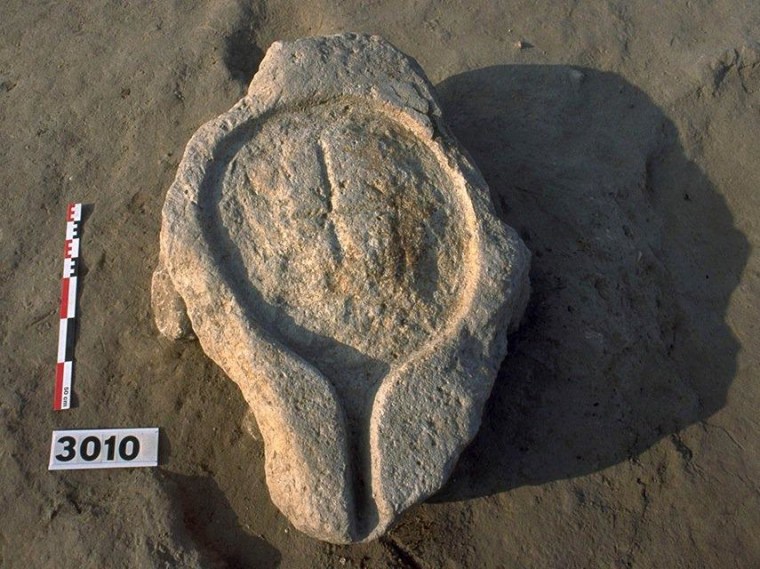The first wines stomped and fermented in France included brews flavored with pine resins and rosemary. The additives, revealed in a new analysis of wine-making storage tools and containers dating back to 425 B.C., could have been flavoring, but also may have served a healing role.
"[Wine] was sort of the medicine of the ancient world," Patrick McGovern, an expert on ancient alcohol at the University of Pennsylvania, told NBC News. A fermented beverage containing alcohol not only dissolved organic medicinal additions, it was also safer than drinking water, which could contain diseases.
Traces of tartaric acid in ancient amphoras unearthed at an archaeological site in Lattes, France, confirm that the jars contained grape wine, along with the aromatic and herbaceous additives. McGovern and his colleagues explain their findings in a paper published online Monday by the Proceedings of the National Academy of Sciences.
Wine making has its origins in Iran around 9,000 years ago. By the 7th century B.C., the Gallic and Celtic residents of southern France were slinging back imported wines, shipped in from Etruria (Tuscany) in the holds of cargo ships. The first French wine makers were Greeks living in the colony of Massalia — today's Marseille — who started making and jarring a grape brew around 525 B.C., archaeological evidence indicates.
Remains of a vineyard and tools for wine making have also been found in Lattes — then called Lattara — a settlement on the banks of a lagoon, up the coast and further west of Marseille. The first biochemical confirmation of French wine-making has come from this coastal dig.
McGovern and his colleagues tested shards of amphoras (some of which originated in Tuscany and others that came from Marseille) found in Lattes and report that the insides were coated in pine resins. The analysis also revealed traces of camphor that could have come from herbs such as rosemary, thyme or basil.
A pressing platform that was found nearby — dating back to 425 B.C., with a bowl and a spout for draining out liquids — also contained tartaric acid, confirming that it was used in the wine-making process.
"It was a source of discussion among archaeologists at the site as to whether it was used for olives or grapes," Michael Dietler, an expert on ancient feasts and a professor of anthropology at the University of Chicago, told NBC News in an email. "It is good to have some reliable evidence about this."
"The importance of the amphora is that it's about marketing," Nicholas Purcell, who studies the ancient Greeks and Romans at the University of Oxford, told NBC News. Looking back at this point in wine history, Purcell suggested that the vessel is of more significance than what it contained.
He has a "hunch" that people all over the Mediterranean had been making wines for their own consumption for years before, but the fact that they could preserve it and store in big vessels like the amphoras meant it was set to travel long distances and last a while. "What I take away is some quite spectacular moments in the commercialization of the wine trade," he said.
More on ancient food and drink:
- Cheers! Eight ancient drinks uncorked by science
- Earliest fish stews were cooked in Japan during last ice age, experts say
- Say cheese! Central European farmers did, 7,500 years ago
In addition to McGovern, the authors of "Beginning of Viniculture in France" include Benjamin Luley, Nuria Rovira, Armen Mirzoian, Michael Callahan, Karen Smith, Gretchen Hall, Theodore Davidson and Joshua Henkin.
Nidhi Subbaraman writes about science and technology. Follow her on Facebook, Twitter and Google+.
